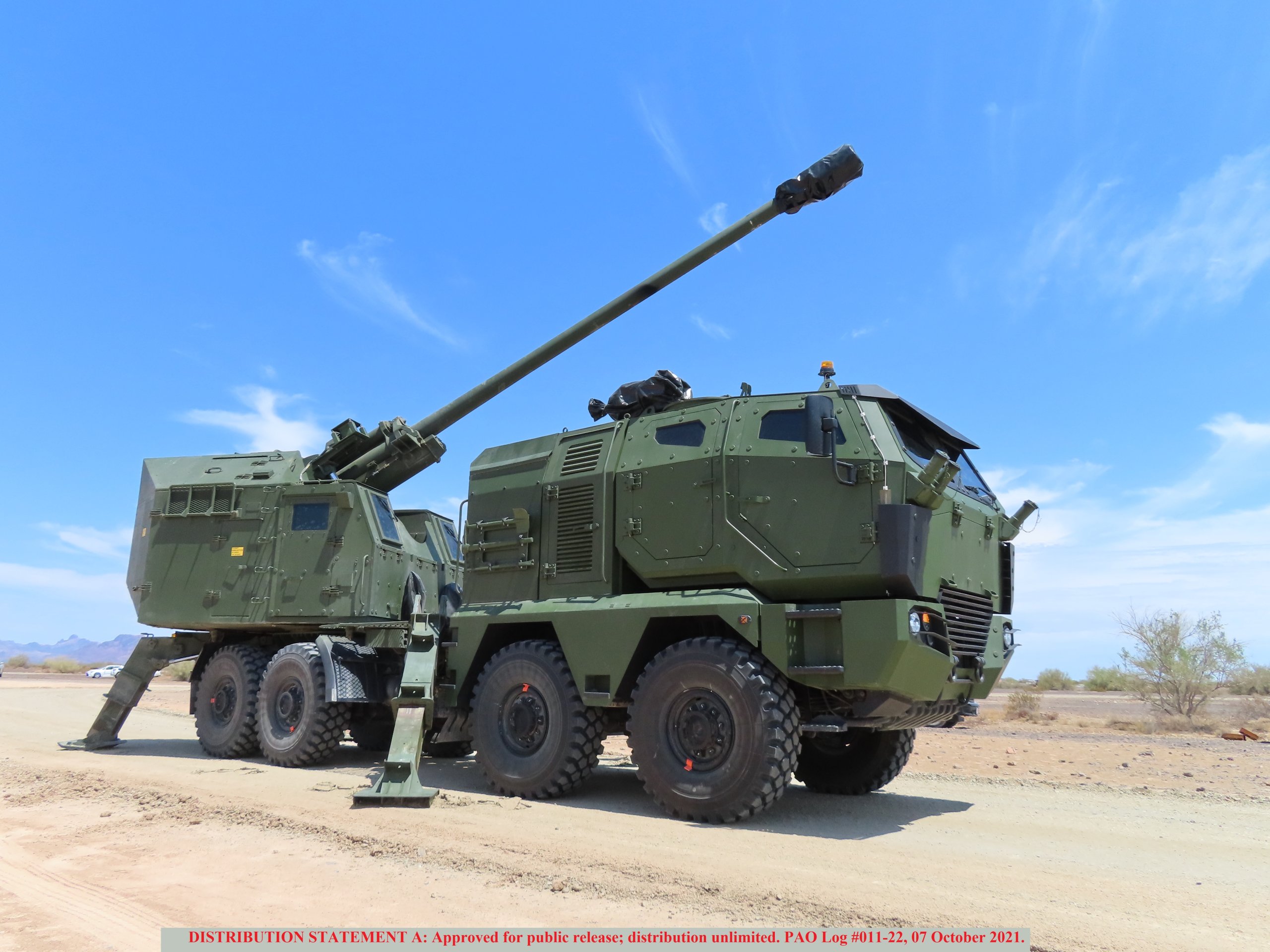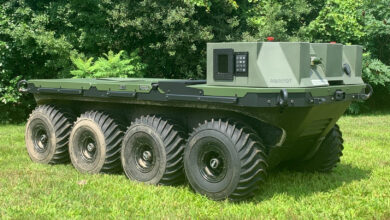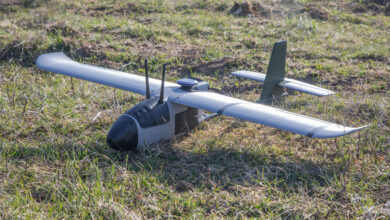US Army Seeks Inexpensive 155mm Cannon-Based Air Defense System
The US Army is seeking a wheeled, self-propelled 155mm cannon-based air defense system capable of firing cheaper hypervelocity rounds.
A cost-effective alternative to current capabilities based on surface-to-air missiles is being sought, particularly in expeditionary scenarios against the rising threat of cruise missiles.
Projectiles fired by the Multi-Domain Artillery Cannon (MDAC) will be guided by offboard sensors, eliminating the cost of onboard sensors in current rounds.
Cheaper Rounds
“Current air and missile defense munitions require onboard guidance and targeting components that drive high munition procurement costs,” a service request for information explains.
“In contrast, the MDAC seeks to significantly reduce munition costs and enhance expeditionary utility by developing a 155mm artillery cannon-based air defense system capable of firing Hypervelocity projectiles, integrated into a wheeled platform.”
Additionally, the system will be linked with an external Command and Control Battle Manager and the Integrated Air and Missile Defense Battle Command System.
Demo in 2028
A prototype contract award is expected in the third quarter of 2025, with deliveries by the last quarter of fiscal 2027 and demonstration in fiscal 2028.
“Upon the conclusion of the [operational demonstration] the prototype will be delivered to soldiers as a residual combat capability,” the request for information reads.
Expected features include high rates of fire, remote firing, deep magazine, rapid emplacement and displacement, mobility, and transportability through rail, road, and air.
Canceled Program
The initiative echoes a canceled US Navy railgun project featuring hypervelocity projectiles as ammunition.
The Gun-Launched Guided Projectile Research and Development effort was killed over cost constraints.
It featured a BAE Systems railgun and hypervelocity projectile intended to destroy a target through the sheer force of collision.

Hypervelocity Round
A railgun uses electromagnetic force to fire projectiles at greater speed than current rounds, managing to fire more interceptors toward a target at a given point of time.
The BAE gun demonstrated firing hypervelocity rounds at around 4,500 miles (7,242 kilometers) per hour, or around six times the speed of sound.
The rounds have reportedly been fired from US Navy five-inch naval deck guns and 155mm howitzers, demonstrating a range of 17 to 40 nautical miles (27 to 64 kilometers) with the 155mm howitzer.












